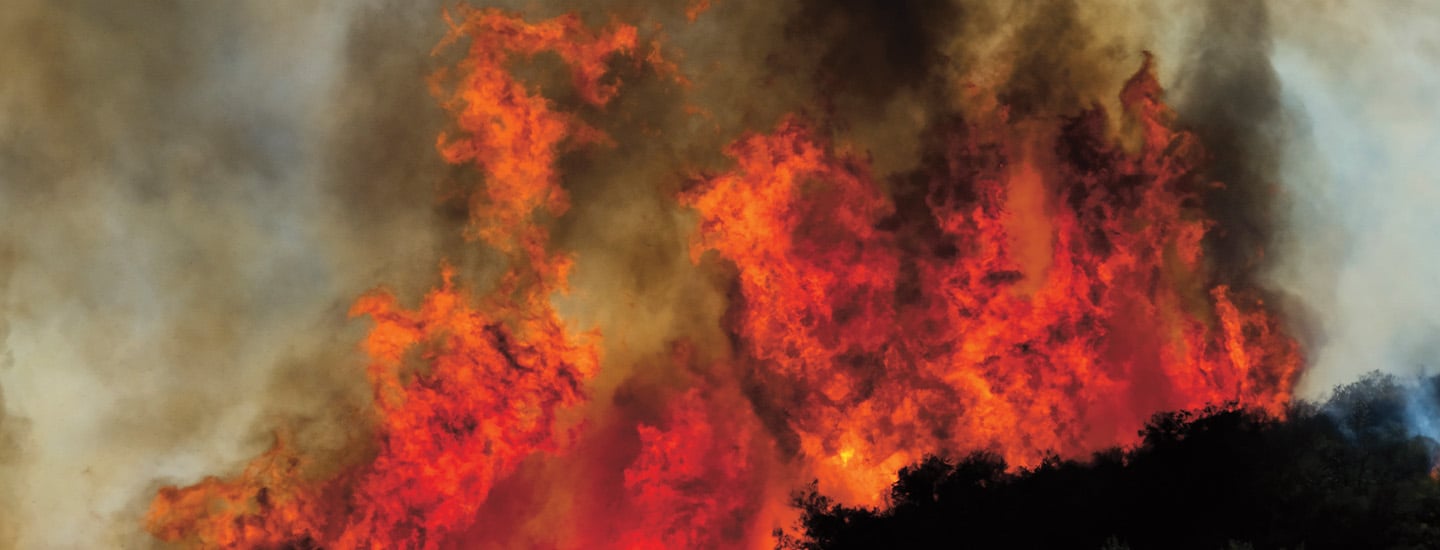Society for Science/Prisha Shroff (Courtesy of Prisha Shroff)
Prisha Shroff
Prisha Shroff could hardly believe what she was seeing from the back seat of her family’s car. A haze of smoke filled the air. Police blocked the road ahead. A huge wildfire was raging nearby.
“It was burning everything in its path,” recalls Prisha, now 15. “We were forced to turn back.”
It was 2020, and Prisha was visiting California. She returned home to Chandler, Arizona, a few days later. But Prisha kept thinking about the fire, which took months to fully contain.
The blaze consumed more than 1 million acres and destroyed hundreds of homes. For weeks after it began that August, people all over the state were told to stay inside to avoid inhaling dangerous smoke.
“After seeing the devastating impact that the wildfire was having, it really showed me that there’s a need for some solution,” says Prisha.
Prisha Shroff was sitting in the back seat of her family’s car. She could hardly believe what she was seeing. A haze of smoke filled the air. Police blocked the road ahead. A huge wildfire was raging nearby.
“It was burning everything in its path,” recalls Prisha, now 15. “We were forced to turn back.”
It was 2020. Prisha was visiting California. A few days later, she returned home to Chandler, Arizona. But Prisha kept thinking about the fire. It took months to fully contain it.
The blaze consumed more than 1 million acres. It destroyed hundreds of homes. For weeks after it began that August, people all over the state were told to stay inside to avoid breathing in dangerous smoke.
“After seeing the devastating impact that the wildfire was having, it really showed me that there’s a need for some solution,” says Prisha.

